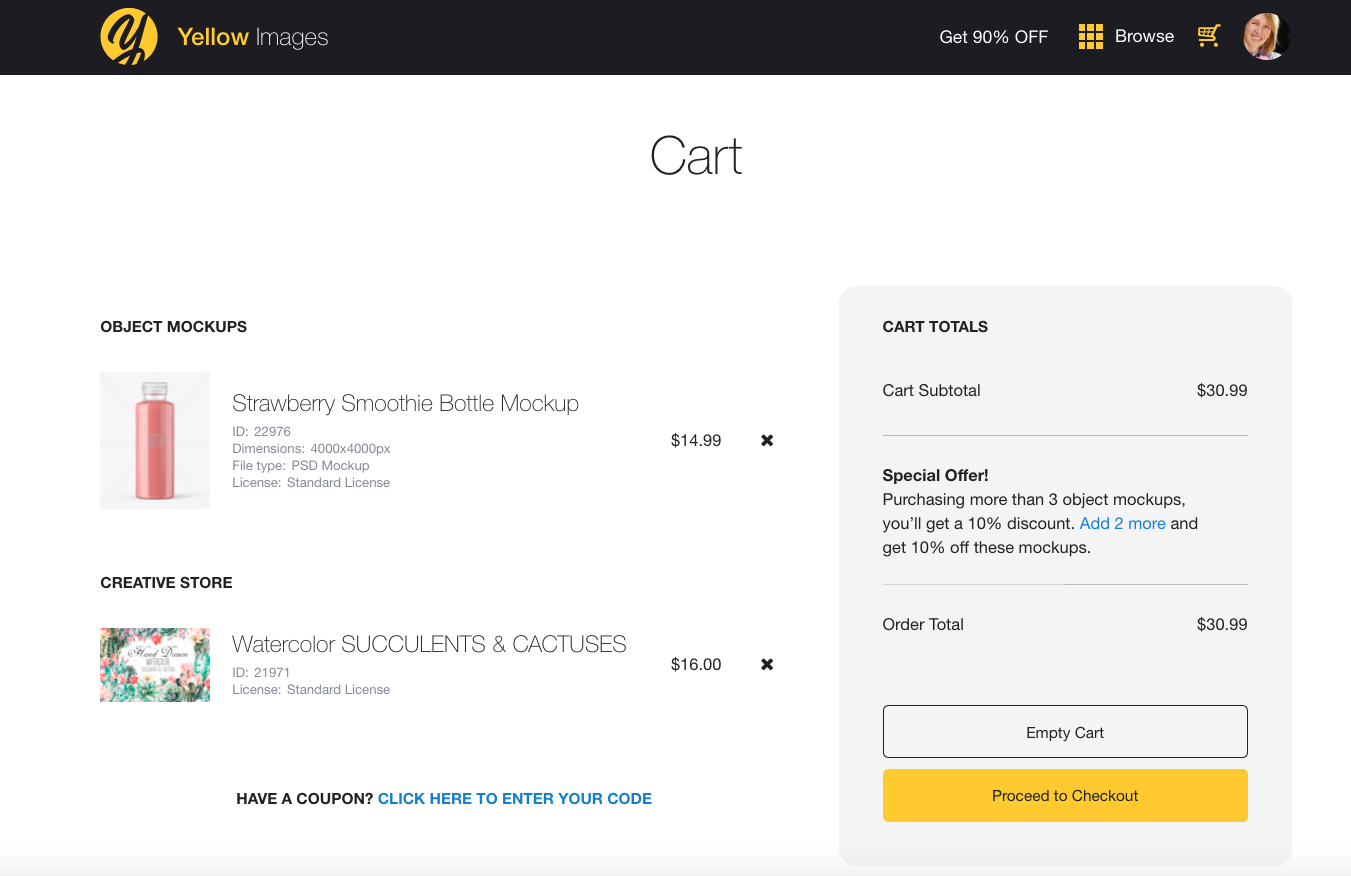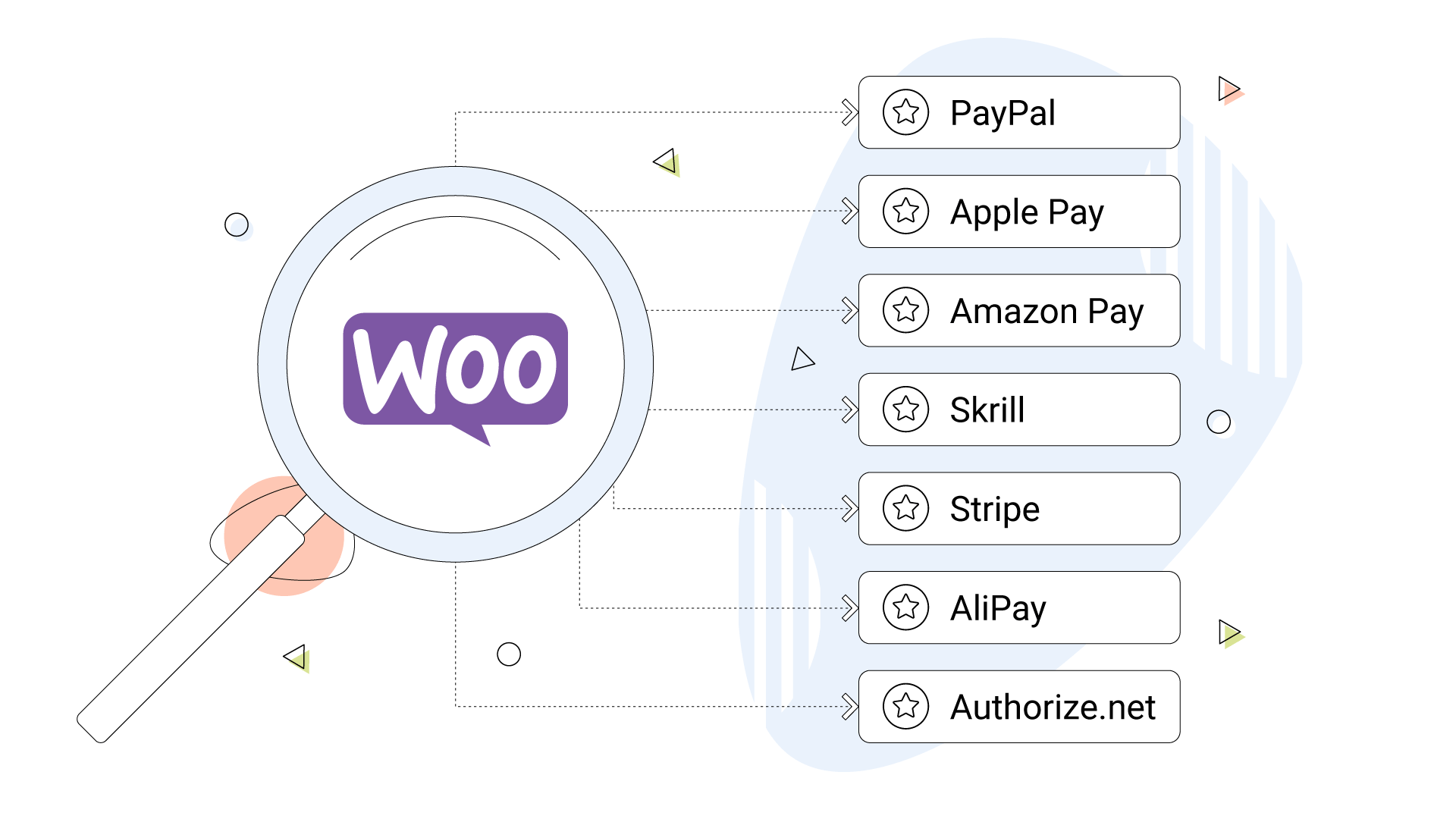Woocommerce is a powerful eCommerce platform. Payment integration is crucial for online stores.
If you own an online store, you know how important it is to have smooth payment options. Customers expect a seamless experience when they pay for their purchases. Woocommerce payment integration helps you provide that. It allows you to connect different payment gateways to your store.
This means your customers can choose their preferred payment method. From credit cards to digital wallets, the options are vast. Integrating payments with Woocommerce can boost your sales. It reduces cart abandonment and increases customer trust. Plus, it simplifies the checkout process. In this blog post, we will explore the basics of Woocommerce payment integration. We will discuss its benefits and how to set it up. Stay tuned to learn more.

Credit: www.bluesnap.com
Introduction To Woocommerce
Woocommerce is a popular eCommerce platform built for WordPress. It is known for its flexibility and ease of use. This makes it a favorite among online store owners. Woocommerce allows you to sell anything, anywhere.
What Is Woocommerce?
Woocommerce is a free plugin for WordPress. It turns your website into a fully functional online store. You can manage products, payments, and shipping all in one place.
Woocommerce is open-source. This means you can customize it to fit your needs. It has a large community of developers and users. They provide support and create extensions to enhance its functionality.
Benefits Of Woocommerce
Woocommerce offers many benefits for online store owners. Here are some key advantages:
- Flexibility: Sell physical products, digital downloads, and services.
- Customization: Choose from thousands of themes and plugins.
- SEO-Friendly: Built on WordPress, optimized for search engines.
- Scalability: Grow your store without changing platforms.
- Security: Regular updates and secure payment options.
Woocommerce also integrates with many payment gateways. This allows customers to pay in their preferred method. Popular options include PayPal, Stripe, and bank transfers.

Credit: www.hostpapa.com
Choosing The Right Payment Gateway
Choosing the right payment gateway is crucial for any online store. A suitable payment gateway can enhance customer experience and boost sales. Let’s explore the key factors to consider and some popular gateways available for WooCommerce.
Factors To Consider
When selecting a payment gateway, several factors should be taken into account:
- Transaction Fees: Different gateways charge different fees per transaction. Choose one that fits your budget.
- Security: Ensure the gateway offers robust security features like encryption and fraud detection.
- Supported Currencies: Verify that the gateway supports the currencies you need.
- Customer Experience: The gateway should provide a seamless checkout process.
- Integration: Check if the gateway integrates easily with WooCommerce.
Popular Gateways
Here are some popular payment gateways you can consider:
| Gateway | Features | Fees |
|---|---|---|
| PayPal | Widely accepted, secure, easy integration | 2.9% + $0.30 per transaction |
| Stripe | Flexible, supports multiple currencies, strong security | 2.9% + $0.30 per transaction |
| Square | Simple setup, integrated POS, no monthly fees | 2.6% + $0.10 per transaction |
| Authorize.Net | Advanced fraud detection, high customization | $25 monthly + 2.9% + $0.30 per transaction |
Each gateway has its own strengths and weaknesses. Choose one that aligns with your business needs and goals.
Setting Up Payment Methods
Setting up payment methods in WooCommerce is crucial for your online store’s success. It ensures you can accept various payment types securely and efficiently. This process involves installing payment plugins and configuring payment options to suit your business needs.
Installing Payment Plugins
To start, you need to install the necessary payment plugins. WooCommerce supports many payment gateways, such as PayPal, Stripe, and Square. Follow these simple steps to install a payment plugin:
- Go to your WordPress dashboard.
- Navigate to Plugins > Add New.
- Search for the desired payment gateway plugin.
- Click Install Now and then Activate.
Once activated, the plugin will be ready for configuration.
Configuring Payment Options
After installing the payment plugin, the next step is configuring the payment options. This ensures that your customers can use their preferred payment method. Follow these steps to configure the payment options:
- Go to your WooCommerce settings by navigating to WooCommerce > Settings.
- Click on the Payments tab.
- You will see a list of available payment methods. Enable the ones you want to offer.
- For each payment method, click Set up or Manage.
- Fill in the required details, such as API keys or account information.
- Save changes to apply the new settings.
It’s essential to test each payment method to ensure they work correctly. You can do this by making a test purchase on your site.
Here is a table summarizing the steps to configure payment options:
| Step | Action |
|---|---|
| 1 | Go to WooCommerce settings |
| 2 | Click on the Payments tab |
| 3 | Enable desired payment methods |
| 4 | Click Set up or Manage |
| 5 | Enter required details |
| 6 | Save changes |
By following these steps, you can effectively set up and configure payment methods in WooCommerce. This will provide a seamless checkout experience for your customers and help increase sales.
Ensuring Security
Security is crucial for any online store. Protecting customer data builds trust. A secure payment system helps avoid fraud. Here are some key areas to focus on for Woocommerce Payment Integration.
Ssl Certificates
SSL Certificates encrypt data. This ensures safe data transmission between the server and the browser. Without an SSL Certificate, your site is vulnerable. Customers may avoid using your site.
Getting an SSL Certificate is straightforward. Many hosting providers offer it for free. You can also purchase it separately. Ensure your certificate is active and up-to-date.
Pci Compliance
PCI Compliance is a set of security standards. It helps protect card information. Following PCI Compliance is mandatory for online stores. Non-compliance can lead to heavy fines.
Woocommerce provides tools for PCI Compliance. Use these tools to secure card transactions. Regularly update your payment gateway. Make sure it meets PCI standards.
Check your compliance status often. Address any issues immediately. This keeps your store safe and trustworthy.
Managing Transactions
Managing transactions in WooCommerce is crucial for a smooth online store operation. It involves tracking payments, handling refunds, and ensuring each transaction is recorded accurately. Proper transaction management ensures customer satisfaction and smooth financial operations.
Tracking Payments
Tracking payments in WooCommerce is straightforward. You can monitor every transaction through the WooCommerce dashboard. This allows you to see payment status, order details, and customer information. Accurate tracking helps identify potential issues early.
To view payments:
- Go to WooCommerce > Orders in your WordPress dashboard.
- Click on an order to see details like payment method, amount, and status.
Here is an example of how the order details might look:
| Order ID | Customer | Payment Method | Amount | Status |
|---|---|---|---|---|
| 1001 | John Doe | PayPal | $50.00 | Completed |
| 1002 | Jane Smith | Credit Card | $75.00 | Pending |
Handling Refunds
Handling refunds in WooCommerce is also simple. You can process refunds directly from the order details page. Refunds can be partial or full, depending on the situation.
To issue a refund:
- Go to WooCommerce > Orders.
- Select the order you want to refund.
- Click the Refund button.
- Enter the amount to refund and reason.
- Click Refund manually or Refund via payment gateway.
Remember to communicate with customers about their refunds. This builds trust and ensures a positive shopping experience.
Enhancing User Experience
Enhancing the user experience is key to the success of any e-commerce site. For WooCommerce stores, integrating payment options smoothly can make or break the customer journey. Here, we will explore how to enhance user experience with streamlined checkouts and mobile payment solutions.
Streamlined Checkout
The checkout process can be a potential pain point for customers. A streamlined checkout can reduce cart abandonment rates and improve customer satisfaction. Here are a few ways to achieve this:
- Offer guest checkout options to avoid forcing customers to create an account.
- Use auto-fill features for forms to speed up the process.
- Display a progress bar to inform customers about the steps remaining.
By simplifying the checkout, you make the buying process easier and faster.
Mobile Payment Solutions
Mobile payment solutions are essential as more customers shop on their phones. Integrating mobile payment options can cater to this growing audience:
- Enable Apple Pay and Google Wallet for quick payments.
- Ensure your site is mobile-friendly to facilitate easy navigation.
- Use responsive design to adapt to various screen sizes.
These steps help ensure that mobile users have a smooth, seamless experience while shopping.
Troubleshooting Common Issues
Integrating a payment gateway in WooCommerce is critical for online stores. Yet, it sometimes poses challenges. Here, we address troubleshooting common issues. This guide helps resolve problems with payment failures and plugin conflicts.
Payment Failures
Payment failures can frustrate both sellers and buyers. Here are some common reasons and solutions:
- Incorrect API Credentials: Ensure API keys are correct. Double-check the credentials.
- Outdated Plugins: Always update to the latest version. This keeps compatibility intact.
- Server Issues: Confirm your server meets the plugin’s requirements. Sometimes, server configurations cause issues.
- SSL Certificate: An SSL certificate is essential for secure transactions. Ensure it is installed and valid.
If payment failures persist, contact your payment gateway support. They can provide specific assistance.
Plugin Conflicts
Plugin conflicts can disrupt your payment processes. Identifying and resolving these conflicts is crucial:
- Disable Other Plugins: Temporarily disable all plugins except WooCommerce. Reactivate each one-by-one to identify the conflicting plugin.
- Check for Updates: Ensure all plugins are updated. Outdated plugins often cause conflicts.
- Error Logs: Review WooCommerce error logs. These logs can pinpoint the source of the conflict.
- Theme Issues: Sometimes, the active theme causes conflicts. Switch to a default theme to see if the issue resolves.
If you identify a conflicting plugin, contact the plugin developer. They can help resolve the conflict or provide an update.
By addressing these common issues, you can ensure a smoother payment integration. Happy selling!

Credit: wpcustomify.com
Future Trends In Payment Integration
As the world of e-commerce evolves, the ways we handle payments are also changing. New technologies are emerging to make transactions smoother and more secure. Here are some future trends in payment integration that you should keep an eye on.
Cryptocurrency Payments
Cryptocurrencies are gaining popularity for online transactions. They offer several benefits:
- Lower transaction fees: Traditional payment methods often have high fees. Cryptocurrencies can reduce these costs.
- Increased security: Blockchain technology ensures that transactions are secure. This reduces the risk of fraud.
- Global reach: Cryptocurrencies are not tied to any one country. This makes them ideal for international transactions.
Integrating cryptocurrency payments into WooCommerce can attract tech-savvy customers. It can also prepare your business for the future.
Ai And Payment Processing
Artificial Intelligence (AI) is transforming many industries. Payment processing is no exception. Here’s how AI is making a difference:
- Fraud detection: AI can analyze patterns and detect unusual activities. This helps in preventing fraud.
- Personalized customer experience: AI can offer personalized payment options based on customer behavior.
- Automation: AI can automate various tasks. This reduces errors and saves time.
Implementing AI in WooCommerce payment integration can improve efficiency. It can also enhance customer satisfaction.
| Feature | Benefit |
|---|---|
| Fraud Detection | Reduces risk of fraud |
| Personalization | Improves customer experience |
| Automation | Saves time and reduces errors |
Embracing these trends can give your WooCommerce store a competitive edge. Stay updated with the latest in payment integration to offer the best to your customers.
Frequently Asked Questions
What Is Woocommerce Payment Integration?
WooCommerce payment integration connects your online store with payment gateways. This allows you to accept payments easily.
How Do I Set Up Woocommerce Payments?
Install a WooCommerce payment plugin. Configure it with your payment gateway credentials. Save the settings.
Which Payment Gateways Work With Woocommerce?
WooCommerce supports PayPal, Stripe, Square, and many more. Check WooCommerce documentation for a full list.
Is Woocommerce Payment Integration Secure?
Yes, WooCommerce uses SSL encryption. This ensures secure transactions and protects customer data.
Can I Use Multiple Payment Gateways In Woocommerce?
Yes, you can. WooCommerce allows you to add multiple payment gateways for customer convenience.
Does Woocommerce Charge Fees For Payments?
WooCommerce itself does not charge fees. However, your chosen payment gateway might have fees.
How To Troubleshoot Woocommerce Payment Issues?
Check your payment gateway settings. Ensure credentials are correct. Contact support if problems persist.
Conclusion
Integrating payments with WooCommerce simplifies your online store operations. Customers enjoy a smooth checkout process. This boosts satisfaction and can increase sales. Choose the right payment gateway for your business needs. Ensure it’s secure and easy to use. Follow best practices for integration.
This helps avoid technical issues. Keep your store updated and well-maintained. Regular updates enhance performance and security. Happy customers lead to repeat business. Start integrating payments today and improve your online store experience.



